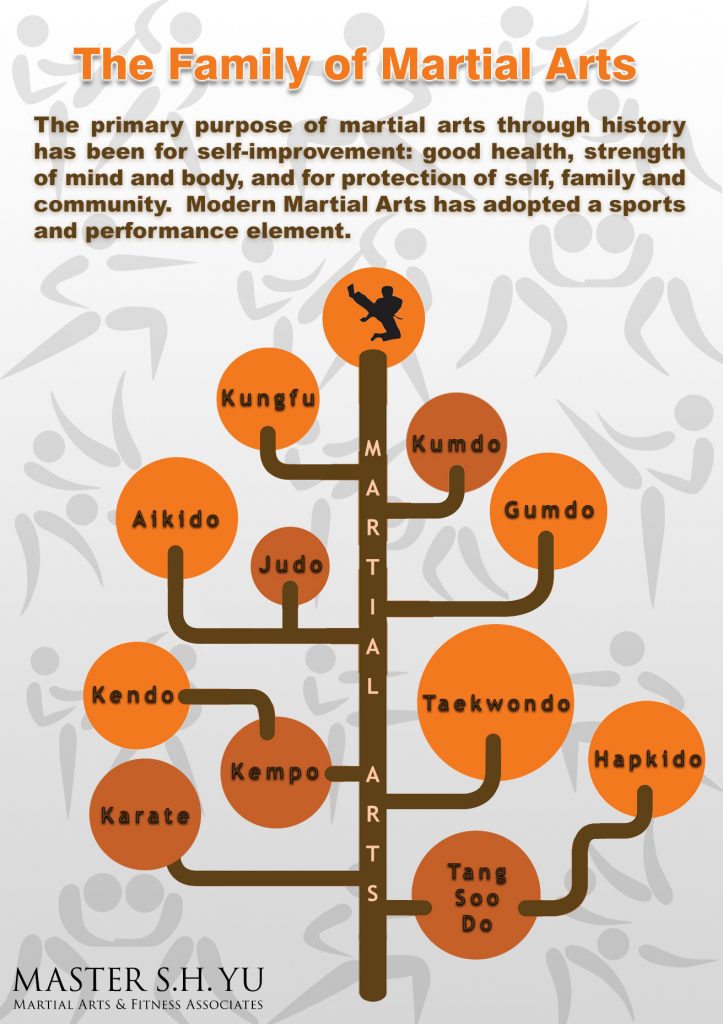A Relative Research Of Standard Martial Arts And Modern Fight Sports: Highlighting The Vital Differences
A Relative Research Of Standard Martial Arts And Modern Fight Sports: Highlighting The Vital Differences
Blog Article
Web Content By-McGinnis Johnson
When you consider martial arts, do you lean more towards the conventional techniques or the contemporary battle sporting activities? Each path provides unique advantages and experiences, shaped by their philosophies and training approaches. Traditional martial arts emphasize individual growth and discipline, while contemporary battle sports concentrate on competition and performance. Recognizing these differences can assist you in picking the ideal method for your journey. Yet how do these distinctions show up in training and approach?
The Philosophy and History Behind Typical Martial arts
While many individuals connect martial arts with physical combat, the viewpoint and background behind conventional martial arts run much deeper. You'll find that these self-controls stress personal development, discipline, and respect.
Originating from go to this website , conventional martial arts were usually developed for Self-Defense and spiritual growth. They symbolize principles such as balance, harmony, and self-discipline, directing practitioners beyond simple fighting skills.
As you train, you'll not just discover methods however also get insights into the culture and worths that formed these arts. The routines and customs, typically given through generations, cultivate a feeling of neighborhood and belonging.
The Competitive Nature of Modern Combat Sports
Modern battle sports have actually changed the landscape of martial arts right into a very affordable arena, where professional athletes challenge in a test of ability, strategy, and endurance.
You'll see that competitors are typically organized with rigorous rules and policies, making certain fair play and security. These occasions draw in big target markets, fueling the enjoyment and strength of matches.
Professional athletes train carefully, not just for physical prowess yet also for psychological toughness, knowing that every detail counts in the ring. The adrenaline thrill throughout competitors is apparent, as fighters press their restrictions to claim success.
Fans value the athleticism and creativity entailed, making modern fight sports a thrilling spectacle that continues to evolve and mesmerize fanatics around the world.
Training Methods and Methods: A Relative Evaluation
The competitive environment of contemporary combat sporting activities demands cutting-edge training techniques that vary substantially from conventional martial arts.
In modern training, you'll focus on certain methods, competing, and conditioning, usually utilizing drills that simulate genuine battle situations. You'll see a focus on measurable performance and frequent competitors to examine your skills.
In contrast, standard martial arts focus on kinds, katas, and philosophical trainings, frequently emphasizing discipline and respect over competition.
Training is typically much less intense and might include repeated practice rather than real-time sparring.
While both methods develop ability and fitness, modern fight sports offer an extra dynamic and adaptable training setting, preparing you for prompt challenges in the ring or cage.
Select the course that straightens with your objectives and rate of interests.
Verdict
In choosing between typical martial arts and modern fight sports, it truly comes down to what you value a lot of. If you're seeking personal development, self-control, and a feeling of neighborhood, standard arts might be your ideal fit. But if japanese martial arts styles grow on competitors and real-time obstacles, contemporary combat sporting activities could be the way to go. Ultimately, both courses provide distinct benefits, so it's all about aligning your training with your individual objectives and rate of interests.
